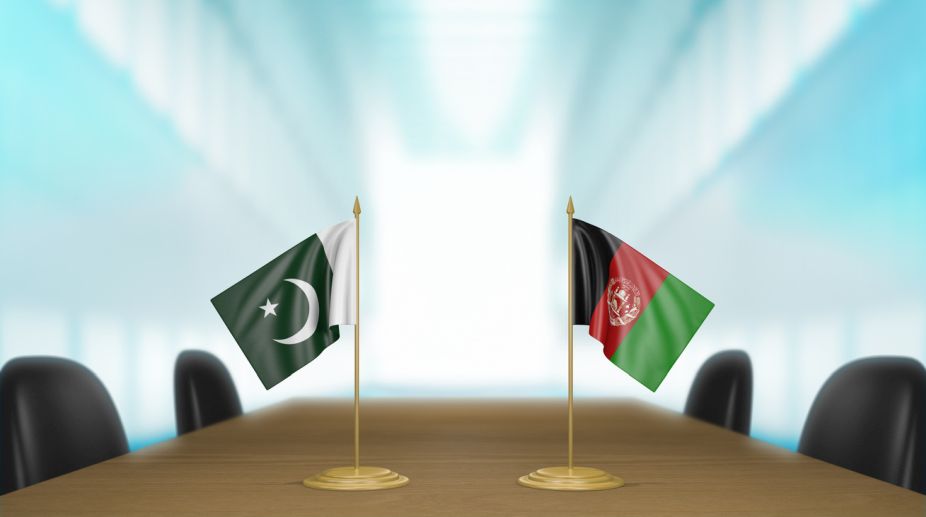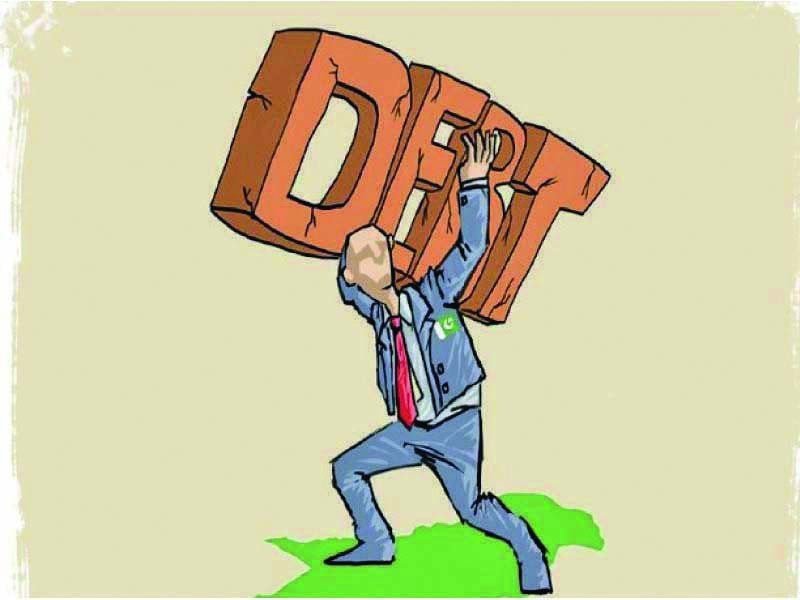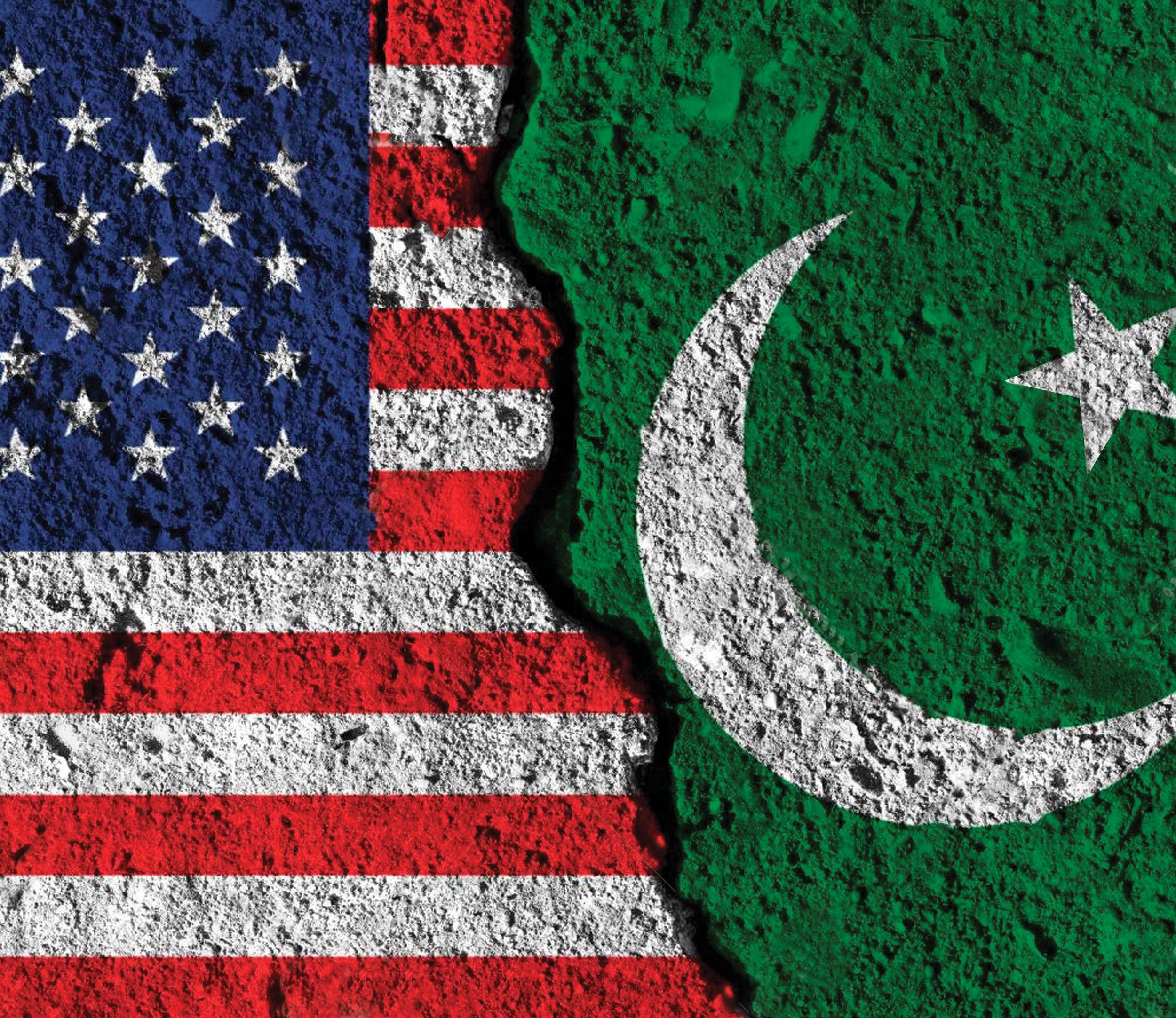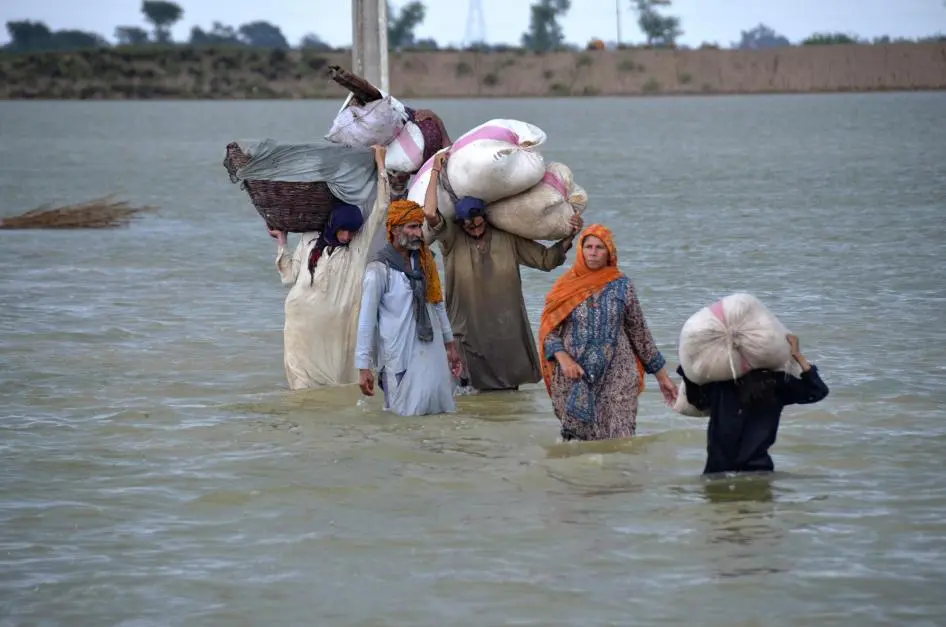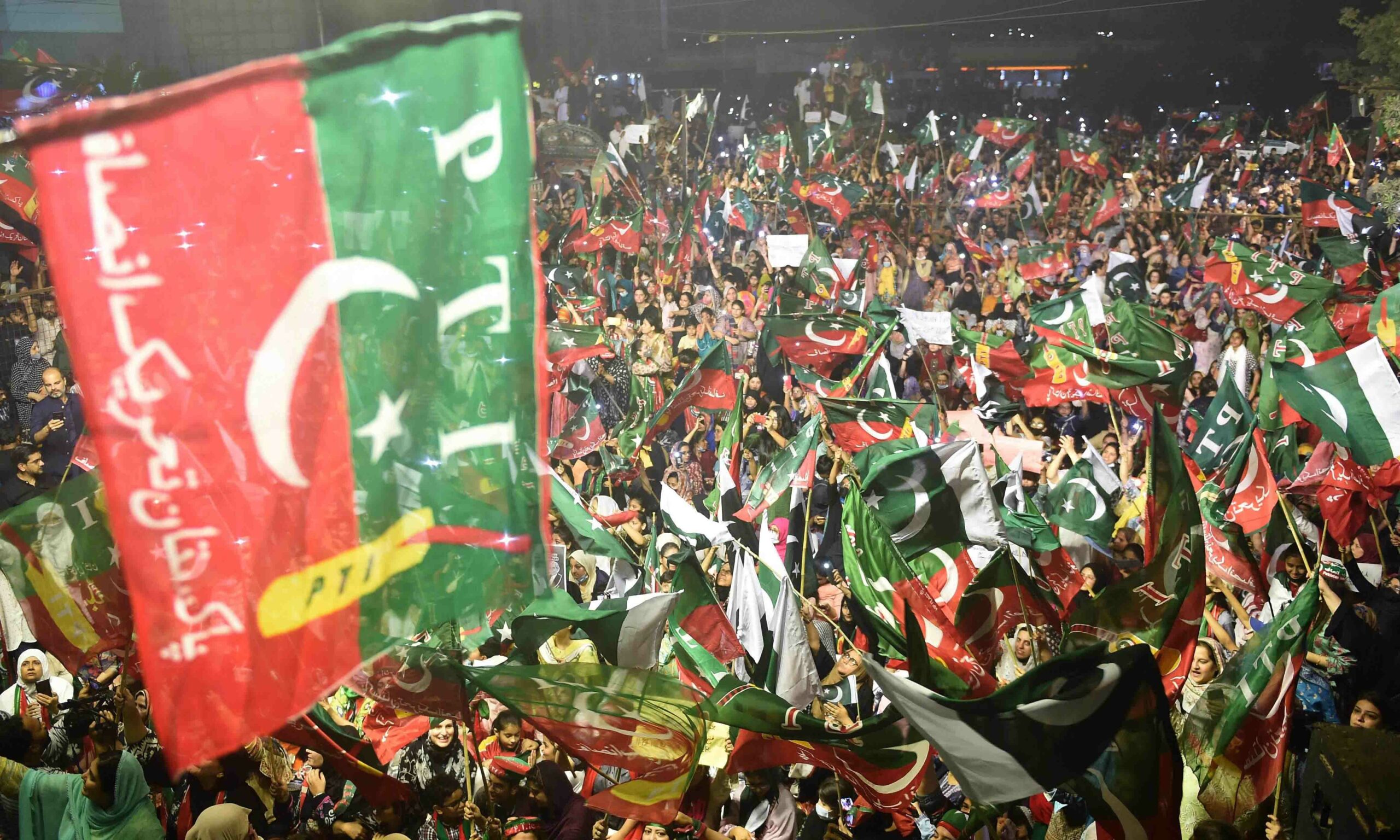Ahmed Raza
Protests are public gatherings where people express their opinions or demand change, often in response to perceived injustices. The psychology behind protests involves feelings of frustration and injustice, where individuals rally together to seek a sense of belonging and purpose. This collective action arises from a sense of relative deprivation—comparing one’s situation unfavourably to others. Emotions like anger and solidarity fuel the movement, while fear of repression can both suppress and intensify participation. Overall, protests reflect deep societal tensions and the desire for transformation.
Protests, whether staged in a bustling square or a quiet alley, profoundly reflect the constant tension between the people and those in power. Underneath the vibrant banners, impassioned chants, and defiantly raised fists, lies a multifaceted psychological narrative. One cannot help but wonder about the various motivators that prompt individuals to leave the safety of their daily lives, risking much to join the throngs in collective dissent.
Often perceived as chaotic and disruptive, the true essence of protests transcends mere disorder. They reveal the complexities of human emotional responses to perceived injustices and the urgent need for societal transformation. At the heart of every protest lies an unmistakable sense of injustice. When people feel deprived of their basic rights, subjected to unfair treatment, or victimized by discrimination, a significant psychological shift occurs. It’s the feeling of relative deprivation—comparing one’s circumstances unfavorably to others—that ignites this unrest. The gap between what individuals expect from life and what they experience can breed a profound sense of frustration, motivating many to engage in organized collective action.
While material deprivation plays a role, it is not the sole driver of protest. Emotionally, individuals crave a sense of belonging and purpose that comes from being part of a larger cause. Protests fulfill this need, providing an outlet for collective anger and validating the frustrations felt by many. This shared experience creates a potent collective energy that can empower participants. However, this phenomenon, known as deindividuation, can also lead to escalation; a sense of anonymity within a crowd may lead individuals to engage in aggressive or destructive behaviors that they might otherwise avoid.
Symbols and slogans become critical components of this landscape, serving not only as rallying points but also as expressions of collective identity and purpose. Phrases like “We are the 99%” or “Black Lives Matter” resonate deeply, simplifying substantial social issues into compelling messages that mobilize action and foster a sense of unity.
Protests are rarely spontaneous; they are often meticulously planned, with organizers understanding the critical elements of timing, location, and media engagement. Striking imagery—such as large crowds in front of government buildings—creates powerful icons that can draw media attention and build public support. In our digital age, social media serves as a pivotal platform where real-time updates unify and amplify the protesters’ voices, allowing them to reach global audiences and galvanize further support.
In the context of Pakistan, the intricate psychology of protests is intertwined with political, social, and religious dimensions. The country has witnessed a series of protests, with some marked by peace and others marred by violence. Central to the motivation behind these protests is a pervasive sense of disenfranchisement. Many Pakistanis perceive a political system riddled with corruption and inequality. Notably, a 2023 Gallup Pakistan report revealed that 72% of young individuals feel the system is rigged against them. This widespread sentiment of powerlessness often catalyzes protests as a means of expressing frustration.
Additionally, religious sentiments significantly influence protest behavior. Faith can become a mobilizing force, with religious rhetoric often providing moral justification for collective action. This is particularly potent in a nation where religious identity runs deep, leading to widespread support among those who feel their spiritual convictions are under threat.
The dynamics of crowd behavior in Pakistan are further complicated by a history of political manipulation. Various parties and groups exploit protests to push their agendas, wielding the power of charismatic leaders and religious symbolism to mobilize followers effectively.
Fear and state repression also play pivotal roles in shaping protest psychology. The government’s aggressive responses—often involving tear gas, arrests, and violence—create a real climate of fear. This fear can suppress dissent, but it can also amplify anger and resolve. When people perceive their oppression, they may feel even more compelled to take a stand against perceived injustice.
Despite the frequency of protests, there exists a notable hesitance among many segments of the population. This reluctance can be traced back to a psychological evaluation of risks versus rewards. Many potential protesters weigh the personal costs—a loss of job, risk of injury, or even imprisonment—against the perceived benefits of participating. This is especially true for the middle class, which often prioritizes stability over radical change. Conversely, those from impoverished backgrounds may feel they have little to lose, leading them to be more inclined to engage in protests.
Years of political instability and unmet promises have created an additional psychological barrier for many would-be protesters. A prevailing belief that protests do not effectuate tangible change can dampen enthusiasm for participation. According to a 2024 survey, 64% of Pakistanis expressed doubt about the effectiveness of protests in enacting meaningful reforms. Such feelings of hopelessness can stifle movements striving for change.
In summary, while the yearning for change propels many into the streets, the perceived ineffectiveness of protests and the fear of potential repercussions often inhibit broader participation. A nuanced understanding of the psychology behind protests is essential for grasping the complexities of social movements, particularly within the unique landscape of Pakistan. By recognizing these underlying forces, organizers can enhance the quality and effectiveness of protests, fostering genuine dialogues aimed at constructive societal progress.






